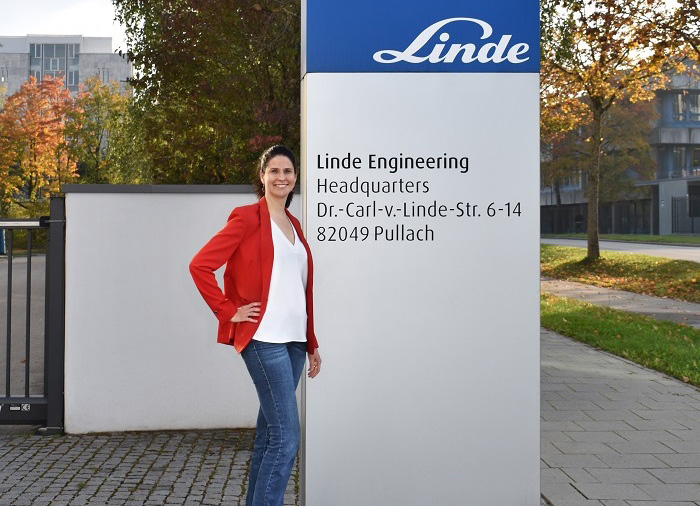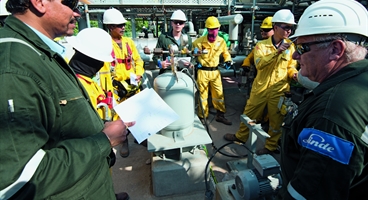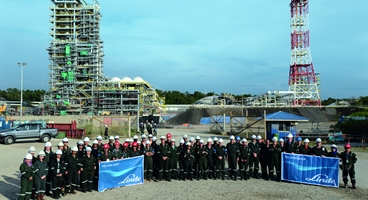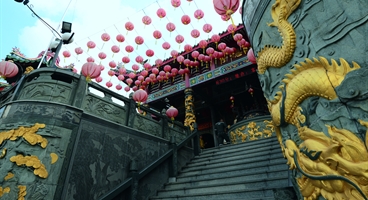On a personal level, the qualified chemical engineer left the South-East Asian country with a good deal more than “a few words of Malay”. A diving certificate for one thing – as well as many memorable experiences, as she herself relates: “For me, Malaysia is an impressive country, a true melting-pot where several different cultures and religions live side-by-side. This is a country where you can find Muslims, Catholics, Buddhists, Chinese and Hindus co-existing peacefully.” A certain degree of openness and curiosity is a prerequisite for the job, reckons Sabatier. “Anyone who embraces new cultural experiences will find this job exceptionally rewarding.”
Sabatier has been with Linde Engineering since 2005. “I have clocked up plenty of air miles in that time,” she affirms. With a smile, she goes through her list of locations: “Australia, Norway, Canada, China, Poland, the Netherlands, Russia, Monaco, and of course Malaysia.”



